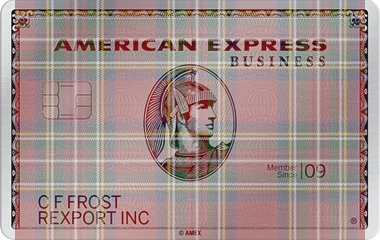There’s been recent discussion on both reddit and MEAB slack about American Express no-lifetime language (NLL) links, but information is scattered and not always consistent. So, let’s discuss:
Generic No-Lifetime Language Links
There are a few different flavors of no-lifetime language (NLL) business links out there. First, the generic versions which are always around and were last discussed here in April of last year:
The generic links are worth checking periodically, sometimes not a single one will work for a given account one day, and then all of them work the next day; American Express’s targeting changes quickly. It’s easy to pick out a generic link because the full URL is readable, something like:
I consider generic NLL links as completely safe for any account because they’re targeted, and American Express will prevent the application from processing if you’re not targeted.
Offer Code Specific No-Lifetime Language Links
Other times we’ll see offer code specific no-lifetime language (NLL) business links out there, such as the 250,000 Membership Rewards link that was hidden in this post. Those links look like:
The main distinguishing factor is the number at the end of the URL, an offer or marketing code. These links fall on a range from safe to scary.
It can be tricky to tell where a given link lies on that spectrum, but the scariest ones are “post-targeted” links, meaning that the link bypasses the targeting check part of an application workflow. You can typically tell if a link is post-targeted because the application flow doesn’t have anywhere for the popup to appear, it’s a single page with a submit application link at the end that doesn’t even need you to login.
Clawbacks and Shutdowns
What does unsafe mean when you’re using a link? It means one of two things:
- Your sign-up bonus is clawed back (this happened en-masse in 2016)
- A single card or your entire card portfolio is closed
I’m unaware of any shutdowns from using generic NLL links, ever. I am aware of of shutdowns for using offer code specific post-targeted NLL links, but the last confirmed data point is a couple of years old, which seems to mean that American Express cares less about post-targeted links than they used to for some unknown reason.
Going Plaid
This wouldn’t be MEAB if we didn’t discuss the possibility of a bit of shenanigan-like behavior, so let’s dive in friends: If you stumble upon an offer code specific NLL and you’re targeted for a generic NLL at the same time, you can probably be approved for both on the same day. Additionally, if you stumble upon a few different offer code specific links, you can probably be approved for both of those on the same day too. Always be probing!




